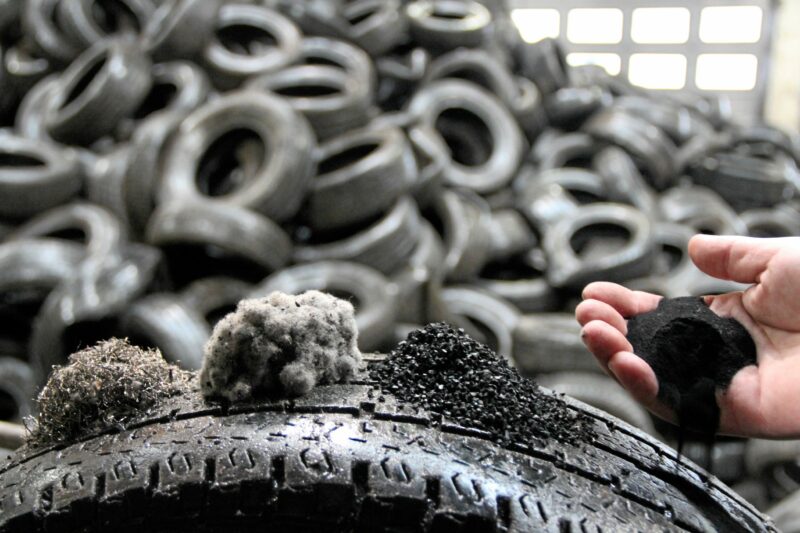Solution provider

Operating 6 fully automated recycling plants around the globe, Genan is the largest tyre recycler in the world - with the capacity to process 400,000 tonnes of end-of-life tyres (ELTs) a year.
Case
Recycling of waste to material
Resource efficient production
Waste management


Operating 6 fully automated recycling plants around the globe, Genan is the largest tyre recycler in the world - with the capacity to process 400,000 tonnes of end-of-life tyres (ELTs) a year.
Add the case to your visit request and let us know that you are interested in visiting Denmark
Since the late 1950s, the automotive industry has boomed and so have the number of tires going to waste. Historically, tires that were no longer suitable for use on vehicles, were degraded slowly in landfills or stockpiled, resulting in environmental and spatial problems alongside the risk of potential fire hazards. The tire industry accounts for the largest consumption of rubber in the world. This is problem, because virgin raw materials are scarce and rubber production has been a driver of tropical deforestation. For that reason, finding innovative ways of recycling the components of scrap tires is crucial.
In May 2014 the world’s largest tyre recycling plant in Houston, Texas, USA, was ready for full operation, bringing the total Genan processing capacity to 375,000 tonnes of tyres/year. At the Houston plant, Genan has implemented its unique recycling concept. In a highly technological process, developed and optimized through practical experience over more than 20 years, all kinds of scrap tyres, may it be from passenger cars, vans, trucks, tractors or large earth moving machinery, are separated into the original elements: rubber, steel and textile.
The technology is completely automated. No human hand touches the tyres from start to end, and this ensures a consistent and high quality of the output. Other suppliers of recycled rubber are found in the marketplace, but none are able to produce a uniform, clean and consistent product like Genan.
The output from the Houston plant consists of 75% rubber powder and granulate, 14% steel, 14% textile and 10% waste, which primarily stems from impurities like sand and stones absorbed by the scrap tyres. 99% of the output is therefore recycled for good use in new applications which are able to substitute virgin materials. The rubber is used in numerous applications, currently the most important being modification of asphalt and bitumen, infill in artificial turf and industrial rubber applications. Rubber granules are also used for playground base layers and tracks, and rubber powder can be used for paint and protective coatings.
The steel is remelted in large steel works. The textile has so far been incinerated for energy recovery but is currently going through a comprehensive product development which will lead to final products within the noise and heat insulation industry.
What do tires consist of? (Passenger cars and light weight trucks)
Source: US Tire Manufacturers